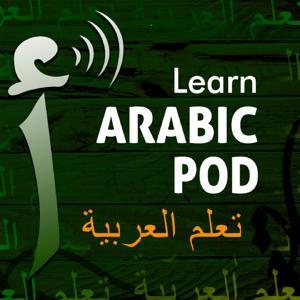You may meet many different kinds of figures of speech in Arabic. We usually think of a figure of speech as being a comparison between two things which are not usually connected with each other, so that the characteristics of the one are carried over to the other. In Levantine Arabic, for example, people tend to compare a handsome man or a beautiful woman to the moon, so that the ethereal qualities of the moon (soft radiance, dreamy mood) are carried over to the person.
Everyday Arabic is full of these kinds of figures of speech. When students listen to pop songs in Arabic, browse websites in Arabic or watch movies in Arabic they frequently meet language rich in its use of figures of speech. Yet figures of speech are often rather neglected in the classroom. For this reason, we have decided to delve into the world of Arabic figures of speech we hear and use in order to share them with you.
Fixed linguistic expressions vary widely cross-culturally but many conceptual phrases appear to be potentially universal or near-universal. Figures of speech are grounded in human experience and exploring them allows us to explore that space. We encourage you to listen, pause the audio when you have heard the phrases to jot down your own interpretations and then continue listening to our explanation and given contexts in which figures of speech phrases are applicable. The pausing bit is very important for retention. Now, if you were our students we would not bother you with meta-(teaching)-words like retention. We would pause the audio and make you write stuff down. But here it is, the boring but very important science behind teaching practice! Pause and think: this is for retention. The learning aims for this series are to develop learners’ awareness of figurative language, to give practice of recognising and analysing figurative language and to develop learners’ confidence in using figurative language.
Here is the worksheet: https://bit.ly/The-Arabic-We-Speak-FiguresOfSpeech-Compliments-Lesson04
Kindly note that all the learning materials are free and available for you to download and copy for educational use only. You may not redistribute, sell or place these materials on any other web site without written permission.
Thank you so much for listening.
Background music: Hüzzam Kanun Taksim by Ehl-i Keyif




































